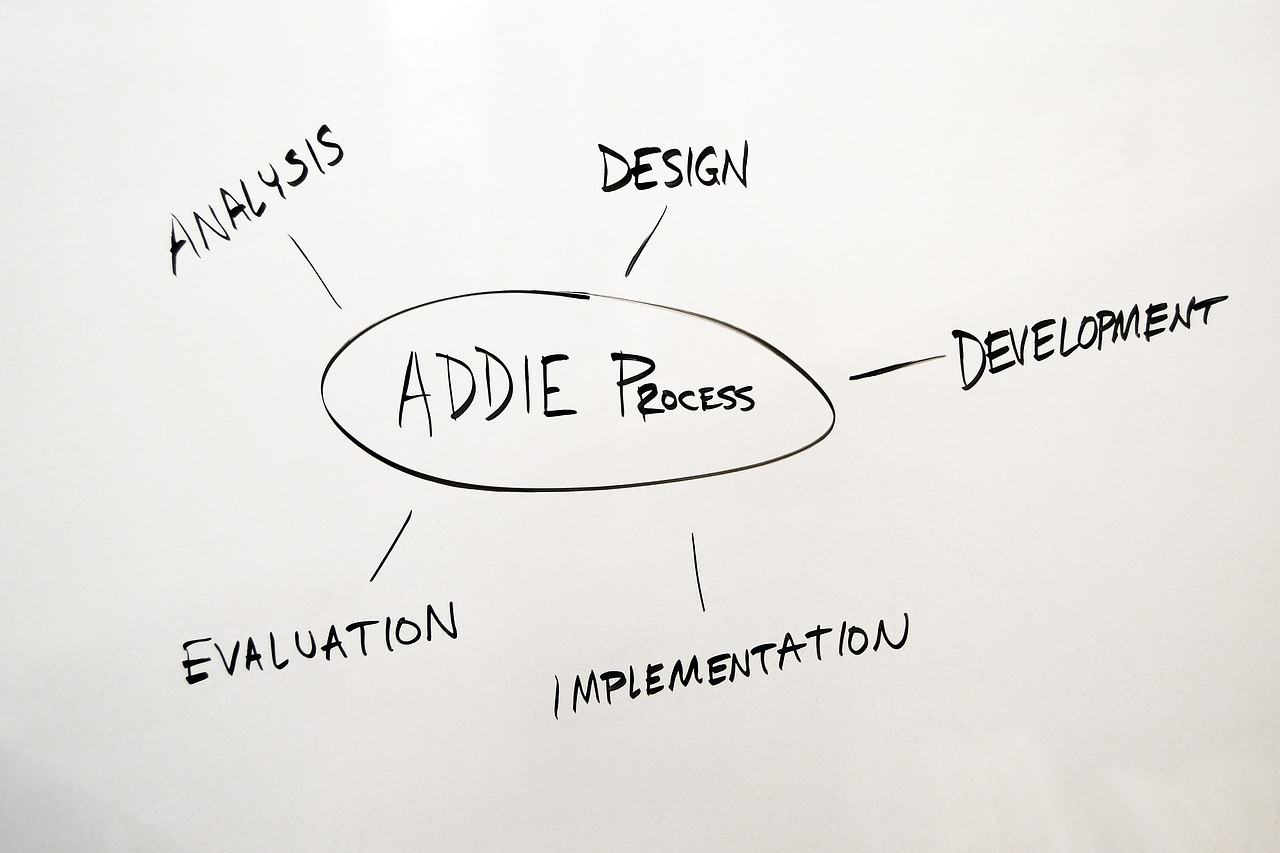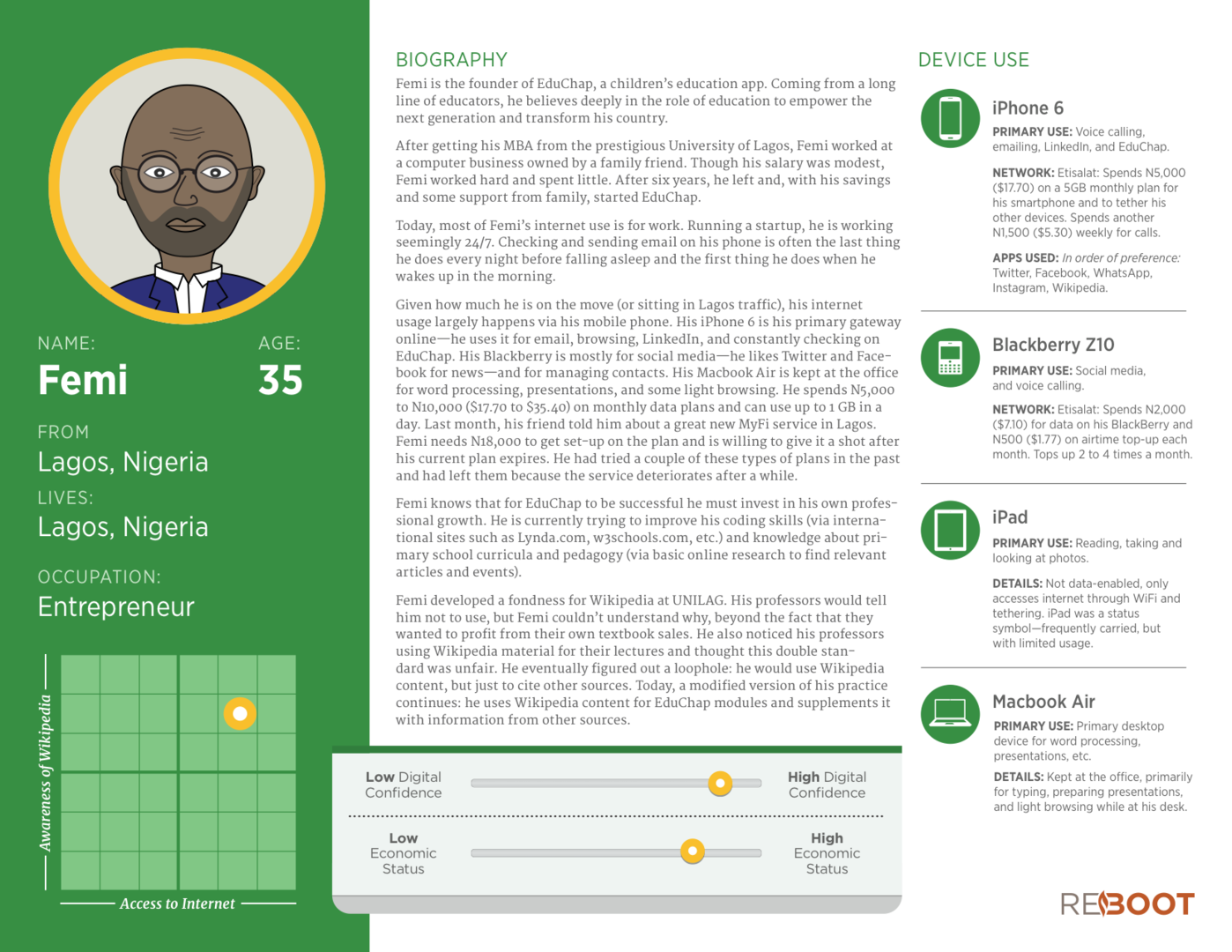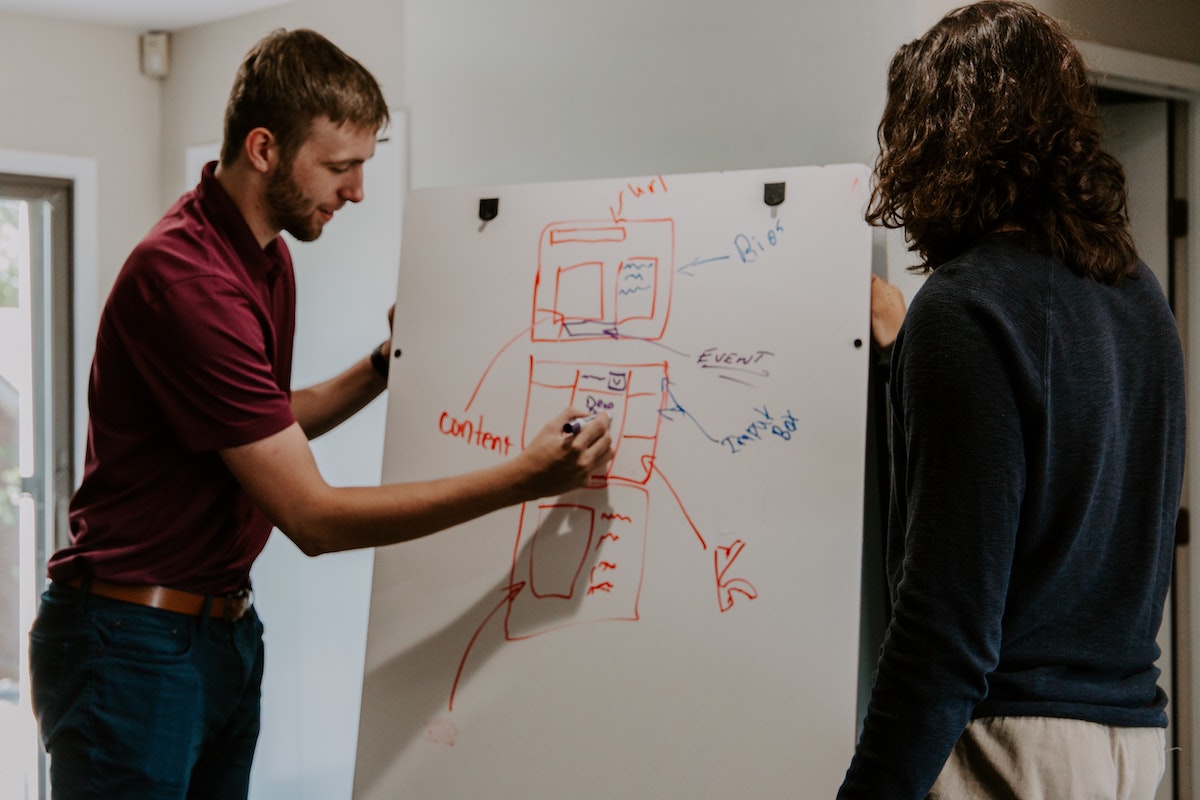Corporate learning is in a transformational era
Traditional learning methods, such as instructor-led PowerPoint lectures or 8-hour training workshops, are no longer moving the needle. The modern workforce is online. And they need learning that can constantly adapt to solve knowledge and skill gaps in the ever-changing business landscape.
Just as building a software product requires human-centered design thinking, building a learning experience does too.
Traditionally, corporate learning was built using instructional design methods. The new and improved version of corporate learning brings in UX principles to the design process – building thoughtful, holistic, human-centered learning experiences.
This new blend of instructional design and user-experience design is known as learning experience design.
What is Learning Experience Design?
Learning experience design (LXD) is the creation of learning experiences that use a human-centered design approach to achieve specific outcomes.
Essentially, LXD is a smooth combination of user-experience design (UX) and instructional design.
Learning experience design starts with an empathetic approach, focusing on the learner. The LXD process genuinely cares about the learner leaving the experience with a new skill or capability that is useful and retained. It aims to move away from traditional educational jargon – modules, units, and lessons – and focus on the grander, holistic learning experience. The job of the designer is to create powerful learning experiences that span beyond the requirements of a traditional classroom.
What defines a learning experience?

A learning experience does not have to take place in an educational setting. It could happen on the drive to work, on an afternoon walk, or at a team meeting. Any event in which learning could occur.
LXD focuses on a few key principles:
- Emphasizes human-centered design
- Combines content design and user-experience
- Focuses on results and user-analysis
- Employs an iterative design methodology
- Built for technology-enabled learning
Merging UX design-thinking principles with curriculum development, LXD aims to create the most effective learning experience for a given audience.
Using UX to create learning experiences
In practice, instructional design and user experience design have a significant overlap in their models. ADDIE, a popular instructional design model, outlines steps one would take to create a learning experience from scratch. Those steps are Analysis, Design, Development, Implementation, and Evaluation.

These steps are quite similar to the standard UX design process of Empathize, Define, Ideate, Prototype, and Test.
On the surface, these models have the same core elements. The main difference is that UX dedicates more emphasis on the human-centered approach. Spending more time up front to fully understand the user (or learner) requirements before building a solution.
To create a learning experience using UX design principles, follow these steps:
- Define the problem and objectives
- Understand learner personas
- Ideate and design
- Create the content
- Implement the experience
- Evaluate the insights
Let’s explore each in more detail.
Define the problem and objectives
Each learning experience must be tied back to a larger business goal and objectives. Otherwise, there would be no reason to create a learning experience at all.
Start by defining the business problem looking to be solved. This can be done by writing a problem statement. A problem statement highlights the gap between the current state and the desired state.
For example, “Our finance team does not understand how to use the new accounting software. Our solution should deliver a quick and simple way for them to learn and practice the desired software skills.”
Notice that the example problem statement was focused on the learner and the specific identified skill gaps. The problem statement will serve as a foundation to drive the creation of the learning experience.
From the problem statement, create learning objectives. The learning objectives are typically a set of skill gaps that need to be closed.
Understand learner personas

The most important part of designing a learning experience is understanding the audience. Who is the experience for? And what information can be gathered about them?
In traditional UX design, personas are built. Personas are fictional characters that represent the behaviors and demographics of the target user. This persona-building exercise should be completed for learners as well. In this step, dig deep into the audience motivations, goals, frustrations, and backgrounds.
Conduct personal interviews with learners to understand what type of experience they prefer. What did they like or dislike about previous corporate learning programs? Focus on documenting the emotional needs of the learners to help highlight attitudes and behaviors.
Ideate and design

Using a combination of the learning objectives and personas, the ideation step is where the learning experience starts to form. This is where the expertise of the instructional designer comes into play. Designing a learning experience requires attention to detail and is often the most time-consuming part.
This step is not about creating any actual learning materials. It is about writing, structuring, and organizing the information. It’s about deciding the delivery mediums, the best tools for the audience, and the specific evaluation metrics.
Examples of learning delivery mediums could be a flipped classroom, eLearning like a Microsoft Power BI course, instructor-led training, or video-based course. Or a combination of multiple mediums. The learning experience designer must be able to determine which levers to pull to optimize learning.
All the design decisions are documented into a visual representation. Storyboards and mood boards are created to visually explain the learning experience in full.
These visual assets are then used to get buy-in from stakeholders. Once all stakeholders are bought-in on the learning design plan, it’s time to put pen to paper – create the actual learning experience.
Create the content
The learning design is approved. Now the actual content must be brought to life.
Depending on the learning design, this step could include creating graphics, recording videos, and visually designing the brand. If the learning delivery method is an eLearning course, building the actual course would happen in this step.
Here are a few tips for creating learning content:
- Keep colors, fonts, and brand consistent
- Ensure the user-experience is flawless
- Vary your learning methods to boost engagement
- Use appropriate learning methods for the outcome (ie: don’t make videos if learners need to practice in the real-world)
- Use creative formats for evaluating skill/knowledge acquisition
- Try using scenarios (or choice-based learning) whenever possible
Once the learning experience is created, test, test, test. Ensure the team has built-in time for a hefty review process. It pays to catch the errors and mistakes before implementation.
Implement the experience
Depending on the type of learning experience, the implementation step may be the most rewarding. This is where learners get to participate in the experience for the first time.
Some actions in this step may include creating a communication plan, building awareness around the experience, organizing a launch date, coordinating facilitators, selecting a location, and many others.
For digital learning, this could include uploading files to an LMS, providing access to users, and being available to solve any last-minute technology issues.
Evaluate the insights

Is the learning experience meeting the learning objectives? This is where usability testing, surveys, and data analysis come into play. Learners can complete post-program surveys once they’ve completed the experience. This can help determine if the learning experience met the user needs. Or if there needs to be any improvements in future iterations.
Backend analytics on completion rates and knowledge check scores provide insight into learning effectiveness. Was the learning experience effective at solving the knowledge/skill gap?
Sometimes the insights into skill acquisition will take months of continued assessment and follow-up.
Once the information and suggested changes are gathered, the next iteration can occur. A quality learning experience is never complete with one iteration. It requires continuous improvements and iterations to succeed at meeting the learning objectives.
Conclusion
Design-effective learning experiences should be treated the same way as designing any other sort of user experience. Learners have needs that can only be solved through research, design, validation, and iteration.
Current instructional designers should look to bring more UX principles into the design of their corporate learning experiences. And maybe just a simple re-framing. Instead of thinking about simply “building a training module,” consider crafting a holistic learning experience that truly has the human at the center of design.
Ready to get real about your website's content? In this article, we'll take a look at Content Strategy; that amalgamation of strategic thinking, digital publishing, information architecture and editorial process. Readers will learn where and when to apply strategy, and how to start asking a lot of important questions.